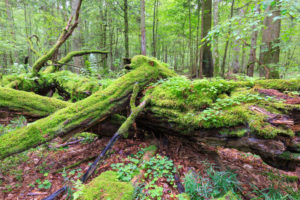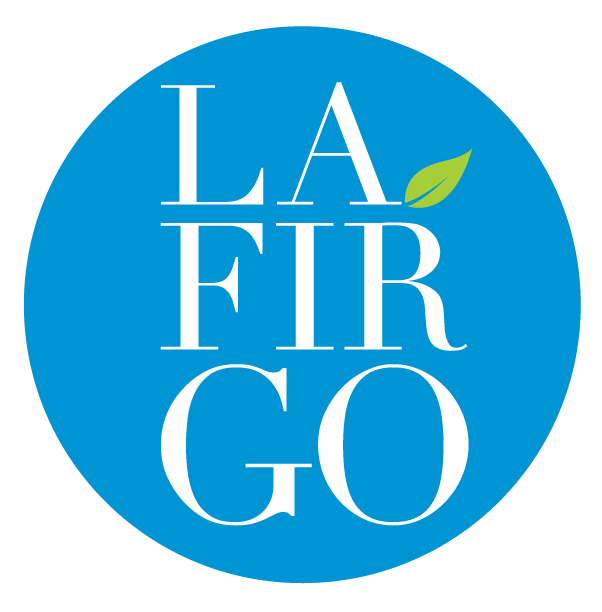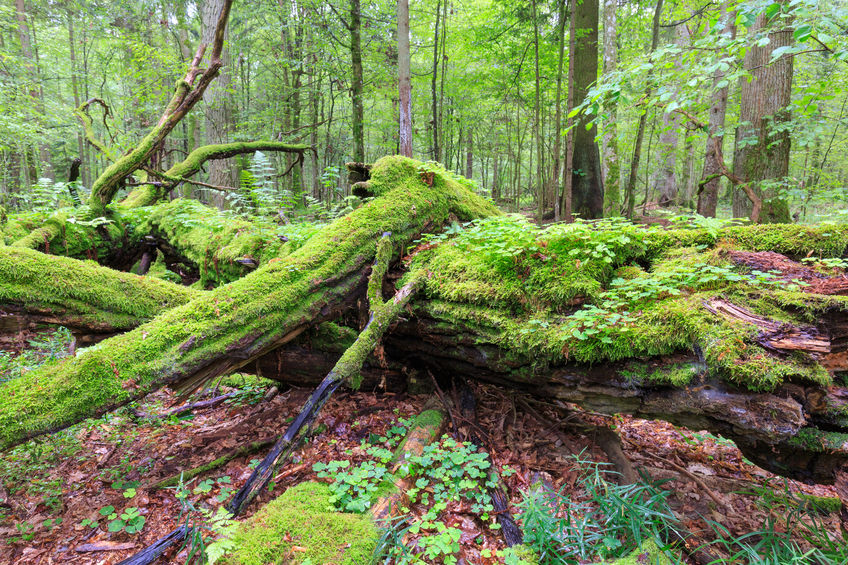Bad news for lovers of exquisite perfumes…but good news from sufferers of contact eczema and other symptoms related to the use of fragrances. in August,2017 the European Commission announced the ban of three fragrance substances. The substances are lyral and atranol and chloroatranol, two natural components of oak moss (Regulation EU 2017/1410).
The SCCNFP identified in 1999 a set of 26 fragrance allergens with a well-recognized potential to cause allergy, for which information should be provided to consumers about their presence in cosmetic products. When their presence exceeds 0.001% in leave-on products, and 0.01% in rinse-off products, they must be declared in the list of ingredients. Lyral is already part of that list and being regulated (entry 79 under Annex III to Regulation EU 1223/2009). Atranol and chloroatranol are neither restricted nor prohibited under the current regulation, although oak moss extracts are. The three substances are banned because of the high number of contact allergies they provoke amongst consumers.

oak wrapped in moss
The list of 26 fragrance allergens published in scientific opinion SCCS/1459/11 in June 2012 contains the frangrance substances that most frequently cause contact allergies. Within these 26, lyral, atranol and chloroatranol caused the highest number of contact allergies cases in recent years. The European Commission has now decided to prohibit the use of these three fragrance allergens. From August 23, 2019 only cosmetic products which comply with the (updated) Regulation shall be placed on the Union market. From August 23, 2021, only cosmetic products which comply with the (updated) Regulation shall be made available on the Union market.
From opinion SCCS/1459/11: “Contact allergy to fragrance ingredients may develop following skin contact with a sufficient amount of these substances, often through the use of cosmetic products. Contact allergy is an altered specific reactivity in the immune system, which entails recognition of the fragrance allergen(s) in question by immune cells. Contact allergy, which per se is a latent condition, i.e. without visible signs or symptoms, persists lifelong. Upon each re-exposure to sufficient amounts of the allergen(s) eczema develops (allergic contact dermatitis), which typically will involve the face, the armpits and/or the hand(s). The disease can be severe and generalized, with a significant impairment of quality of life and potential consequences for fitness for work.”
“Around 16 % of eczema patients in the European population are sensitized to fragrance ingredients. From studies performed on sectors of the population it can be estimated that the frequency of contact allergy to fragrance ingredients in the general population in Europe is 1-3%. The overall trend of fragrance allergy has been stable during the last 10 years, as some causes of fragrance allergy have decreased and others increased.”
“The SCCP concluded in 2004 that chloroatranol and atranol, the main allergenic constituents of Evernia prunastri and Evernia furfuracea, should not be present in products for the consumer. The persistently high frequency of contact allergy to Evernia prunastri and Evernia furfuracea noted in eczema patients does point to a persisting problem with exposure to the allergenic constituents. The SCCS is of the opinion that the presence of the two constituents, chloroatranol and atranol, in cosmetic products are not safe.” The ban can be found in EU 1223/2009 Annex II, entries 1380, 1381 and 1382.
Are Lyral and or Oak Moss Extracts are in your products? Make sure to formulate an alternative and phase out the products as soon as possible to keep ahead of the mentioned deadlines.
INCI: 3- and 4-(4-Hydroxy-4-methylpentyl) cyclohex-3-ene-1-carbaldehyde
CAS: 31906-04-4 / 51414-25-6
Also: HICC – Lyral – Hydroxymethylpentylcyclohexenecarboxaldehyde – Kovanol – Mugonal – Landolal
INCI: 2,6-Dihydroxy-4-methyl-benzaldehyde
CAS: 526-37-4
Also: Atranol
Present in:
– Evernia Prunastra CAS: 90028-68-5 (Oak Moss)
– Evernia Furfuracea – CAS: 90028-67-4 (Tree Moss)
INCI: 3-Chloro-2,6-Dihydroxy-4-methyl-benzaldehyde
CAS: 57074-21-2
Also: chloroatranol
Present in:
– Evernia Prunastri CAS: 90028-68-5 (Oak Moss)
– Evernia Furfuracea – CAS: 90028-67-4 (Tree Moss)

